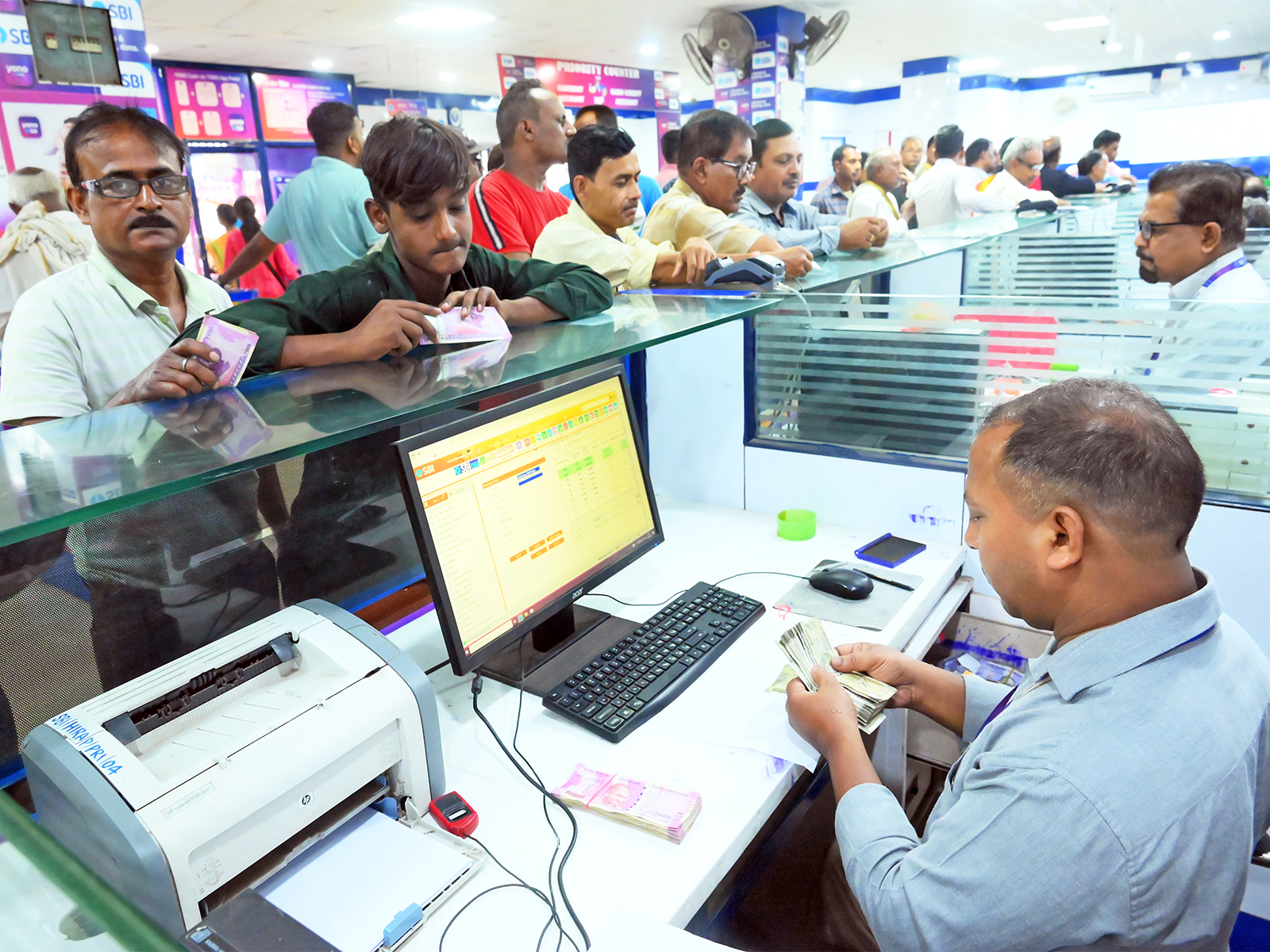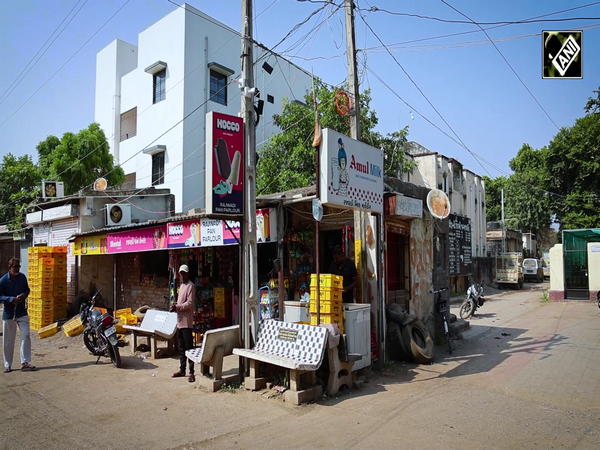SFBs enter next phase of growth with diversification and digitisation, for structural upswing: Report
Nov 19, 2025

New Delhi [India] November 19 : Small Finance Banks (SFBs) in India have entered a pivotal phase of their evolution, transitioning rapidly from their microfinance institution (MFI) roots into robust, diversified lenders with multi-product capabilities, according to a report by Systematix Institutional Equities.
It says, in contrast to their early years, when business models were centred on group-based microcredit and geographically narrow operations, SFBs today are demonstrating a broader lending mix, expanding into secured products such as affordable housing, MSME loans, and vehicle finance. This transformation has enhanced portfolio stability and positioned SFBs to compete more effectively with larger banking peers.
"A decade after the first licenses were issued, SFBs are emerging from their nascent and volatile phase into a period of sustained, structurally superior growth," noted the report.
A critical shift underway is the visible improvement in operating leverage. During IPO years, many SFBs struggled with elevated cost structures driven by extensive branch rollouts, legacy processes, and delayed digital integration.
Now, as branch networks mature and digital adoption accelerates, the pressure is easing. Automated workflows, centralised underwriting, and digital customer engagement channels are helping SFBs scale operations without proportional increases in overhead. The long-anticipated operating leverage is finally materialising, strengthening profitability prospects.
SFBs also enjoy superior growth optics relative to universal banks, many of which are constrained by high Loan-to-Deposit Ratios (LDRs) and a more subdued credit demand cycle. Benefiting from financial inclusion initiatives and a deep presence in underserved customer segments, SFBs continue to tap underpenetrated markets.
This positions them for strong double-digit credit growth over the coming decade. While exposure to middle- and low-income borrowers may still bring episodic asset-quality volatility, the shift toward a higher secured loan mix and learnings from past cycles are likely to moderate the amplitude of earnings fluctuations.
"Structurally, SFBs are positioned to deliver robust growth and steadily improving profitability over the next decade," said the report.
A notable challenge in the initial years of SFB operations was the dual concentration risk, both geographic and product-specific. Since many SFBs began as regional NBFCs or MFIs, between 40 per cent and 90 per cent of their early portfolios were concentrated in one or two states.
This left institutions vulnerable to localised disruptions such as political unrest, regulatory changes, or climate-related events. However, these risks are now receding meaningfully. Most SFBs have completed substantial investments to diversify their loan books and expand operational presence into new territories. Product diversification has also been actively pursued, enabling a more balanced risk-return profile.
Geographic diversification is especially evident in branch expansion strategies. SFBs have intentionally moved beyond their legacy strongholds, building nationwide networks to disperse risk and enable scalable growth. This broader footprint, combined with stronger underwriting frameworks, enhanced data use, and maturing digital platforms, supports a more resilient and sustainable business model.
Overall, SFBs appear structurally positioned for a decade of healthy growth and improving profitability, backed by diversified lending, strengthening operating efficiency, and more balanced geographic distribution.

















